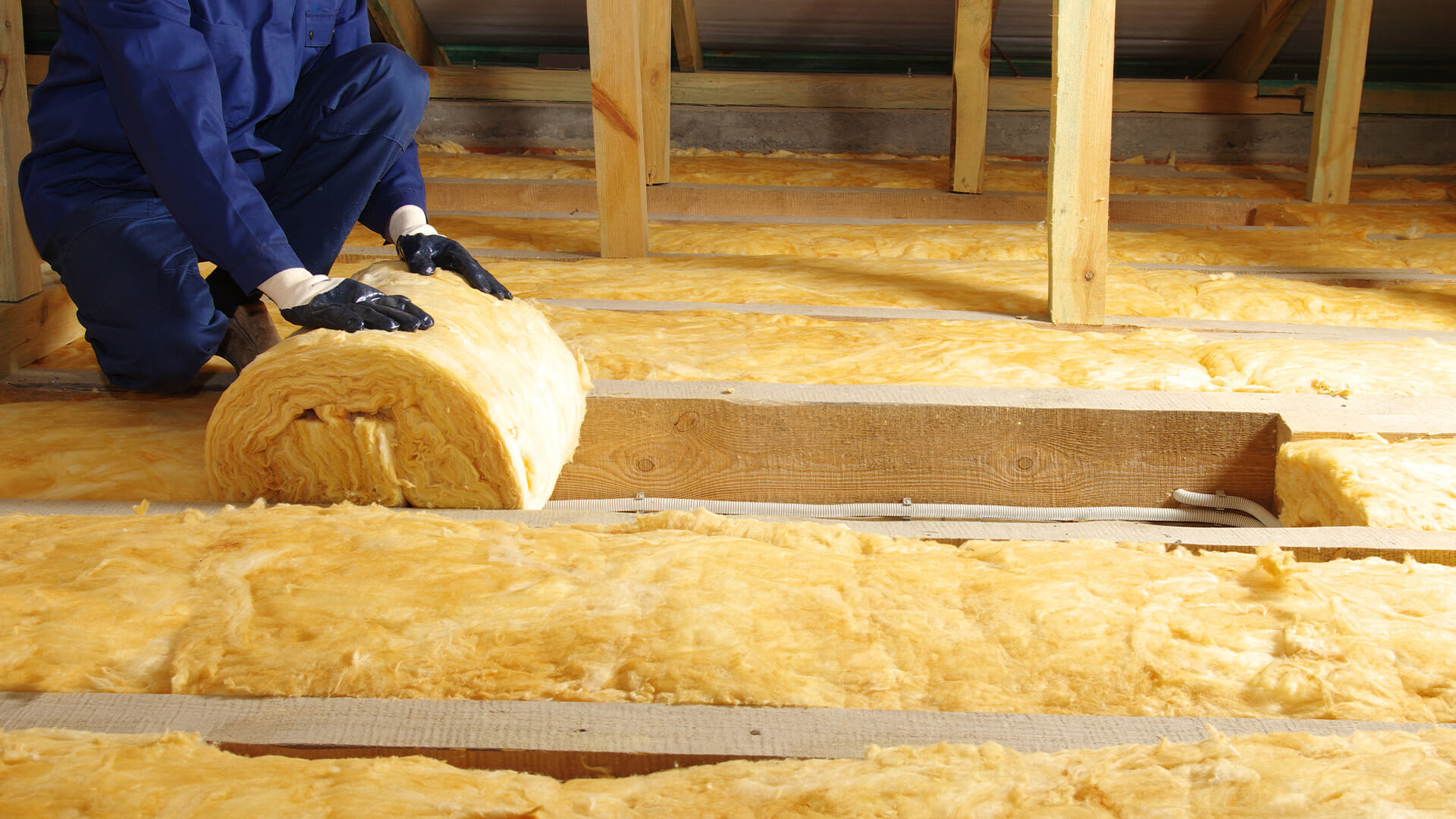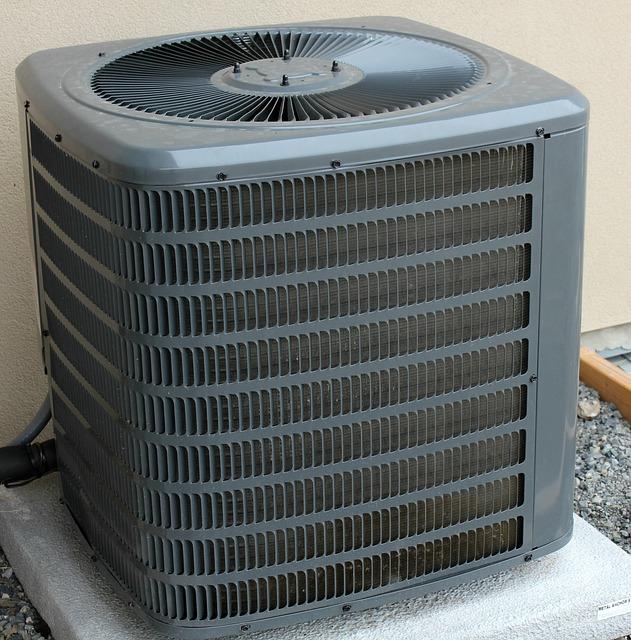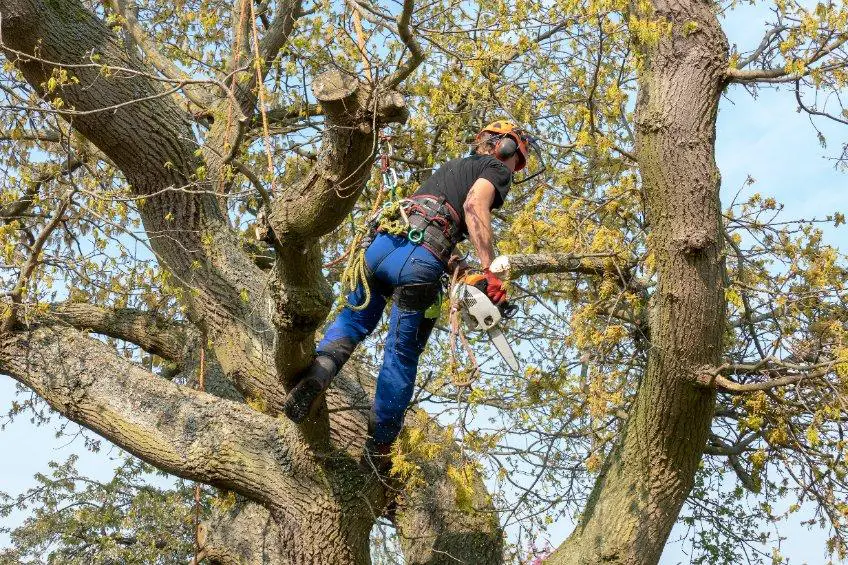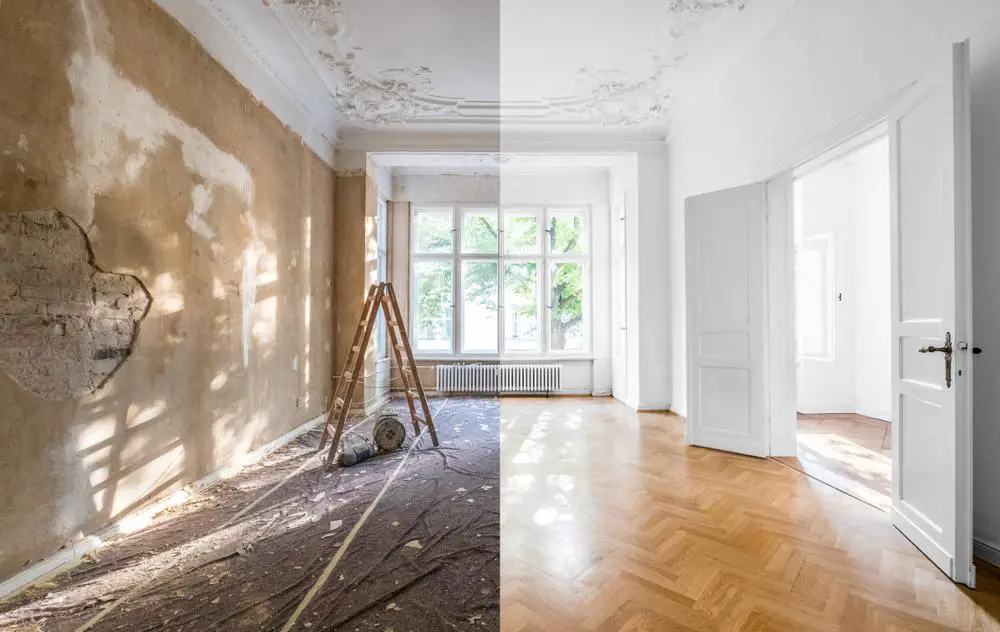The Green Homes Grant Scheme was a £1.5 billion initiative introduced by the business department in September 2020 to assist householders in affording energy-efficient home modifications in order to reduce emissions and energy expenses.
It was supposed to operate through March 31, 2022. However, it was canceled after only improving 10% of the 600,000 dwellings promised by Chancellor Rishi Sunak. Yet another government environmental failure from a party with no interest in actually making a difference to the environment.
Prior to the scheme’s termination, the government announced that applications received by the end of March would be fulfilled and that any vouchers previously provided might be extended upon request.
Following its termination, £320 million was granted to the scheme’s ‘local authority delivery’ component, which permits councils to apply for money to carry out retrofits in low-income households.
So, after this embarrassing failure, what is actually out there to support homeowners in insulating their homes? Let’s take a look at the field.
Types of Home Insulation Grants
Homeowners can presently benefit from energy efficiency programs such as the Renewable Heat Incentive, which will be replaced in April 2024 by the Boiler Upgrade Scheme.
These programs assist homeowners in covering the upfront expenses of installing low-carbon heating systems and can make a considerable impact on a home’s long-term operating costs.
Loft Insulation
Insulating your home’s roof space is the easiest and most cost-effective approach to saving energy and lowering your heating expenses.
Insulation should be installed to a depth of at least 270mm in the loft area, both between the joists and above, because the joists themselves constitute a “heat bridge” and transport heat to the air above.
With the use of insulated floor panels and current insulating techniques and materials, it is still feasible to use the room for storage or as a living space.
As heat rises, around 25% of heat is lost via the roof of poorly insulated houses. Roof and loft insulation is normally the most efficient solution since it is the least expensive to install and has the largest impact. However, most suppliers prefer to install loft insulation in combination with cavity wall insulation or other measures in order to reach objectives faster and with less administration.
Not all houses are suitable for loft insulation, so your home must be surveyed. This service is free of charge.
Cavity Wall Insulation
The hollow between the walls is common in most buildings built after 1920. This is filled with an insulating substance to considerably increase the house’s efficiency.
Cavity wall insulation is typically the most expensive measure to install, but this makes it more appealing to energy providers. As a result, free cavity wall insulation is often easier to get than other solutions.
Cavity wall insulation can be put in flats, but permission must be obtained from all surrounding homes that share the cavity walls.
If your house has damp issues, these must be remedied before any installation can take place; however, the surveyor will be able to advise you on the condition of the walls and any treatments that are necessary before installation.
Conclusion
In conclusion, while the Green Homes Grant Scheme may have fallen short of its ambitious targets, there are still avenues available for homeowners to access grants and support for home insulation. Programs like the Renewable Heat Incentive and upcoming Boiler Upgrade Scheme offer financial assistance for installing low-carbon heating systems, providing long-term cost savings. Loft insulation remains a cost-effective way to reduce energy consumption and heating expenses, while cavity wall insulation can significantly improve a home’s efficiency, although it may require additional considerations.
It’s important to note that not all homes are suitable for insulation, and professional surveys are essential to determine eligibility. Despite the setbacks of the past, there are still opportunities to embrace energy-efficient solutions and make a positive impact on both the environment and household budgets. By exploring available grants and programs, homeowners can take steps towards creating more sustainable and comfortable living spaces.






